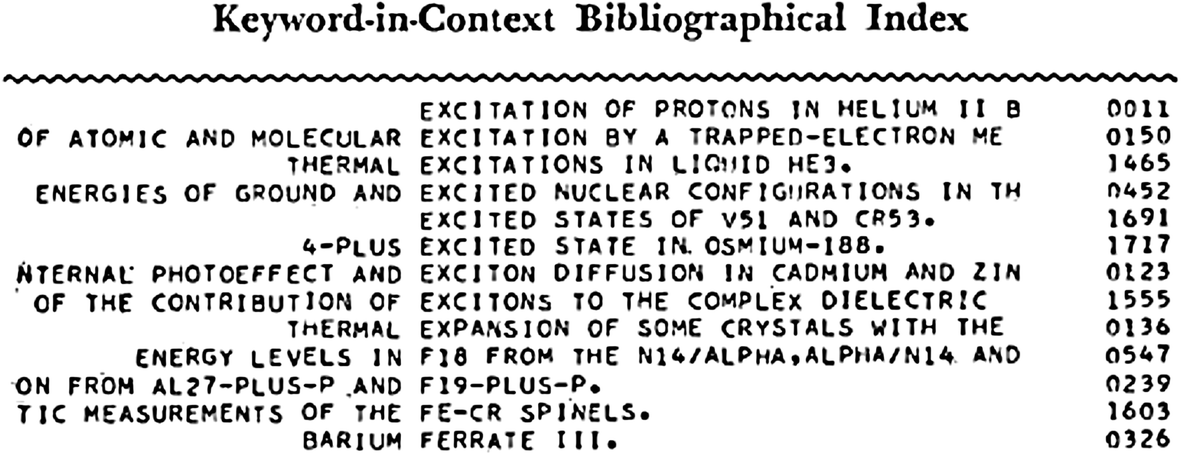Introducing Digital Seams, a blog about connections
In 2011, venture capitalist Marc Andreessen wrote "Software is eating the world", describing how software companies had begun to dominate even physical, real-world industries. Software is characterized as a looming behemoth, ready to crush the unprepared.
But software is not a monolith; it’s a mosaic. If you examine the patchwork, you’ll find seams between each piece; APIs and specifications and protocols; connections between different software components and libraries and systems and more. Even more important are the borders to the real world: interfaces and buttons and widgets that you can press, and the machinery that lies on the other side to make things happen in the real world.
These digital seams are incredibly important.
—
I'm Bobbie Chen. In the past decade, I've been immersed in technology as a student, software developer, product manager, and of course, a user. My experience so far has convinced me that the seams of this world don't get the attention they should. For decades, ideas about connections and seams have been discovered, ignored, and re-discovered again.
And when I say seams, it’s not just rote decisions like data format and command names. It’s also about the human and physical context. Every system, in all of history, has had a purpose that goes beyond the nuts-and-bolts. Let’s go back to 1971.
—
In 1971 (after the moon landing, but before the first release of the C programming language), the software engineering pioneer David L. Parnas wrote about designing “a small system [that] could be produced by a good programmer within a week or two”: generating a Key Word In Context (KWIC) index, a tool for finding words in a text.
Unlike a traditional index that lists words and the page numbers they appear on, a KWIC index also includes a snippet from the surrounding phrase - enabling you to quickly identify more-relevant passages instead of flipping back and forth in a textbook.
In this KWIC index, the primary words like EXCITATION appear in the center column, with the surrounding sentence as context.
Image from Geoffrey Rockwell and Stéfan Sinclair: “Too Much Information and the KWIC”
Jumping forward to the near-present, I saw an implementation of KWIC where all the code fit on a single PowerPoint slide, neat and tidy. The presenter was Joshua Bloch, the lead designer of the Java standard library’s Collections API.
Over the last fifty years, what used to be a week’s effort has been reduced to a couple lines of code - thanks to high-level programming languages and libraries, tools that amplify our ability to do interesting things. It’s one of the powers of software: the right seams make it easy to build and build and build, a flywheel of creation.
And yet, the odds are that you’ve never actually used a traditional, ink-on-paper KWIC index. I do most of my reading on devices where I have near-instantaneous full-text search for any imaginable combination of letters; I don’t need to flip to the back of the textbook at all now. We’ve leapfrogged the original problem along the way, heading to an increasingly-digital existence.
—
Now in 2025, every new AI startup is a contradiction: on the verge of eating the world, yet also “just a wrapper” around a powerful LLM from OpenAI, Anthropic, or Meta. When I see these wrapper criticisms, I think about the Hacker News comment from the 2007 launch of file-syncing company Dropbox:
For a Linux user, you can already build such a system yourself quite trivially by getting an FTP account, mounting it locally with curlftpfs, and then using SVN or CVS on the mounted filesystem. From Windows or Mac, this FTP account could be accessed through built-in software.
Comment from user BrandonM on “My YC app: Dropbox - Throw away your USB drive”
Dropbox lets users download a single app, point-and-click at folders to sync, and auto-magically replicate them anywhere in the world. There’s a lot going on under the hood to make it all possible, but the interface is what attracted millions of users and brought file-syncing to the mainstream.
We stand on the shoulders of giants. Doesn’t everyone? I’ve done my fair share of recipe-following, copy-paste coding, and Ikea-building too. Try eating a dumpling or a spring roll without the wrapper, and you’ll realize what you already knew: the value is at the seams.
—
On the Digital Seams blog, I’ll write about digital-to-digital connections as well as digital-to-real-world - covering APIs, UX, platforms though history, current events, and future speculation. Alongside the intro you’re reading now, I published a few posts on topics ranging from how the ideal AI interface is probably not a chatbot, a look at Gmail’s features that actually prevent you from sending emails, and of course, how everyone can see what a horse is.
I plan to publish new posts fortnightly or so. Here’s your sneak peek at the draft of the next post:
A few months ago, I heard of a work acquaintance's death via his company's social media. Shocking and abrupt - I had just met up with him, joking over a beer in a cozy little alleyway cafe.
It made me queasy to see his smiling LinkedIn profile photo, oblivious to the realities of flesh-and-blood. If you hadn’t seen the company announcement (which didn’t tag him), you might even still message him.
So I filed the support ticket…
Digital Seams: “What happens to your online accounts when you die?” (not yet posted)
If you’d like to read “What happens to your online accounts when you die?” and more upcoming posts, subscribe to the newsletter with the form at the bottom of the page. Or if you prefer RSS, check out http://www.digitalseams.com/blog?format=rss.
Thanks, and see you soon!
— Bobbie
Huge thanks to all who helped read drafts and provide feedback (alphabetically): James, Michael L., Reini, Sharlene, and Yee Aun.
